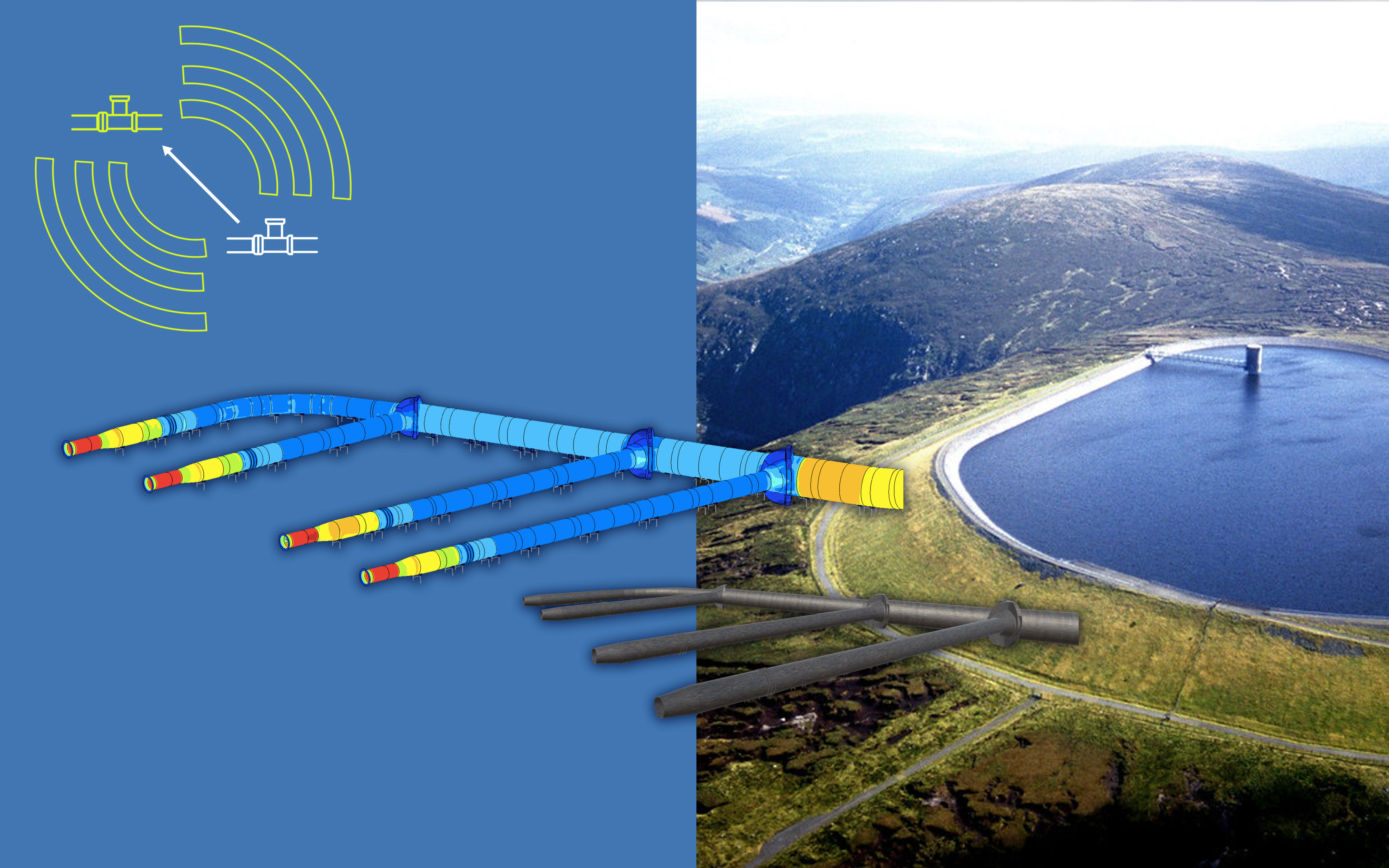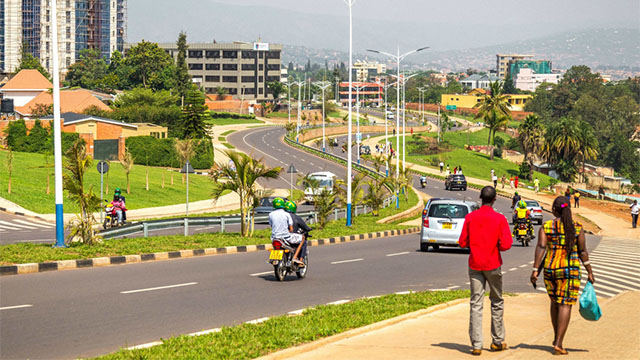828 results found
Featured results



More results
The report illustartes the challenges and gaps in infrastructure provision in Africa and the benefits from improved urban and rural infrastructure. It also discusses funding and financing and the role of the AfDB in infrastructure.

As a budding entrepreneur, honing your pitch is critical to securing funding and support. Here are some of the do’s and don’ts when it comes to developing and presenting a strong pitch.
The widespread recognition by infrastructure fund managers, lenders and investors of the importance of ESG principles appears only to have strengthened since the global pandemic. The distinct shift continues, from useful consideration to future-focused must-have.
In light of the potential for public-private partnerships (PPP) to contribute to a reduction of the 1.2 trillion USD infrastructure investment needs of Brazil, the Global Infrastructure Hub (GI Hub) and Inter-American Development Bank have collaborated to make specialist risk allocation knowledge accessible to the public sector.
Small, steady and incremental reforms can have a major impact on driving sustainable, resilient and inclusive infrastructure.

Social infrastructure is the best performing segment among all country income groupings, according to new data from Moody’s that provides insights into the debt performance for infrastructure industry sector. Social infrastructure includes healthcare, education and public (community housing, prisons) facilities. The data also reveals transport and energy infrastructure perform differently in relative terms for depending on country income grouping.



The highest recoveries on infrastructure debt default occurs in Africa, the Middle East and Eastern Europe, according to new data from Moody’s shows which regions of the world have the highest and lowest default rates on infrastructure and other project finance debt investments. Ultimate recovery refers to a loan default for which recoveries have been realized following emergence from default. Emergence from default occurs when overdue interest is repaid or with liquidation or restructuring with no subsequent default or lender being taken out of the deal after repaying the defaulted loan.



Over the past decade, global private investment into infrastructure has amounted to around USD 100-150 billion annually, excluding secondary market transactions.



In 2019, renewables attracted the largest amount of private investment among infrastructure sectors, followed by transport and non-renewable power. Renewables accounted for 40% of total private infrastructure investment in 2019. Meanwhile, private investment in social infrastructure (healthcare, education and public facilities) has declined over the past decade from USD 19 billion in 2010 to USD 3 billion in 2019.



Private infrastructure investment is dominated by high-income countries. In 2019, more than 80% of global private infrastructure investment was in high-income countries, with particularly strong investment in the renewables sector. High-income countries attract more than triple the amount of capital invested in middle- and low-income countries.



Social infrastructure is the best performing segment among all country income groupings, according to new data from Moody’s that provides insights into the debt performance for infrastructure industry sector. Social infrastructure includes healthcare, education and public (community housing, prisons) facilities. The data also reveals transport and energy infrastructure perform differently in relative terms for depending on country income grouping.



The highest recoveries on infrastructure debt default occurs in Africa, the Middle East and Eastern Europe, according to new data from Moody’s shows which regions of the world have the highest and lowest default rates on infrastructure and other project finance debt investments. Ultimate recovery refers to a loan default for which recoveries have been realized following emergence from default. Emergence from default occurs when overdue interest is repaid or with liquidation or restructuring with no subsequent default or lender being taken out of the deal after repaying the defaulted loan.


Witness the final of the global competition to accelerate the infrastructure industry, which promises to be a window into the future of infrastructure.
These five social infrastructure trends are not new concepts, but the rate at which they are appearing all over the world is staggering.
The first of its kind in the world, the Mexico Projects Hub (Proyectos México) has quickly strengthened Mexico’s ability to fund multiple large projects across the nation.
We continue our discussion on inclusive infrastructure with Sue Barrett, EBRD, in which we explore two of EBRD’s innovative finance approaches for inclusive infrastructure.
Don't miss out on the final event for InfraChallenge, our global innovation competition aiming to accelerate the infrastructure industry
While infrastructure is a driver of economic prosperity and can provide a solid basis for strong, sustainable, balanced and inclusive growth, it is not a given that infrastructure investment will fully realise these aims without visionary planning and commitment. For infrastructure investment to deliver a more sustainable, resilient and inclusive global recovery, we need to create the right enabling environment now.
Now is the perfect time for countries to improve the way they plan and deliver quality infrastructure, to provide greater security against the next global crisis - find out how InfraCompass is here to help.
We speak to Sue Barrett, EBRD to find out how the implementation of inclusive infrastructure can be practically achieved at the project level.





 Register for the InfraChallenge Final
Register for the InfraChallenge Final












